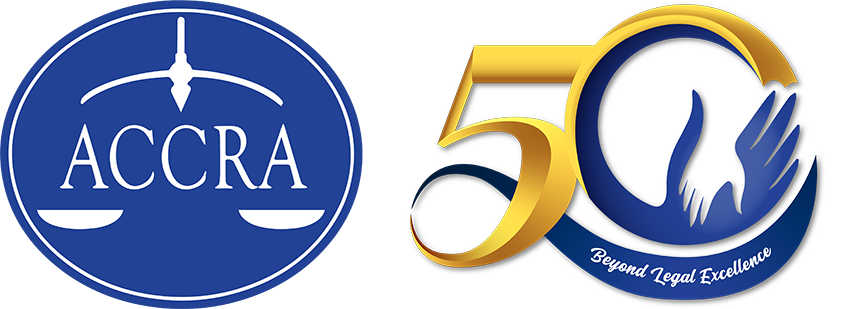On March 3, the secretary of the Department of Labor and Employment (DoLE) Silvestre H. Bello III issued Department Order (DO) 224-21 Series of 2021 entitled “Guidelines on Ventilation for Workplaces and Public Transport to Prevent and Control the Spread of COVID-19.”
DO 224-21 was issued in accordance with the power of the secretary of Labor and Employment to promulgate standards to ensure the safety and health of all employees and to set and enforce mandatory occupational safety and health standards in all places of work so that health risks may be eliminated, and safe and healthful working conditions in all workplaces will be ensured.
As the title suggests, DO 224-21 aims to lower the risk of coronavirus disease 2019 (COVID-19) transmission in workplaces. This is appropriate considering that more businesses and economic activities are now allowed to operate. With this, DO 224-21 is a timely issuance to guide employers to help keep everyone safe.
COVID-19 transmission regularly happens when an infected individual is in close proximity or direct contact with someone else. The danger of the spread of the infection increases in crowded and inadequately ventilated spaces where people tend to stay together for long periods of time. Improving ventilation can decrease the danger of COVID-19 transmission.
Ventilation involves bringing clean air into an area while removing stale air, so as to keep up or improve air quality. Ventilation may be accomplished naturally or by introducing an automated system. In this regard, Section 6 of DO 224-21 behooves the employer to maintain an acceptable and safe indoor air quality. While DO 224-21 provides for various ventilation strategies for both air-conditioned and non air-conditioned spaces, the rule of thumb is that “adequate ventilation should be strictly enforced inside the workplace.”
For non-air-conditioned spaces, DO 224-21 prescribes the maximization of natural ventilation through the use of doors, windows, and other openings. If natural ventilation is not feasible or inadequate, mechanical ventilation shall be provided by the employer. DO 224-21 also requires the weekly cleaning of windows, other openings, and ventilating fans, or as necessary.
For air-conditioned spaces and Heating, Ventilation, and Air-Conditioning (HVAC) systems, the outdoor air supply should conform to the recommended breathing zone ventilation rates for air dilution and comfort control. The DO recommends that the ventilation system be utilized for at least 30 minutes before and after spaces are occupied. A cleaning and maintenance program for HVAC systems is required to ensure that no mold and stagnant water will be circulated in the atmosphere. All personnel involved in the cleaning and maintenance of the HVAC must wear the appropriate personal protective equipment.
In both cases, when mechanical ventilation is utilized, the airflow direction or movement should be considered in the layout of work stations to avoid person-to-person viral spread through airborne respiratory droplets.
Additionally, DO 224-21 also outlined recommended strategies for restrooms and water closets such as: a.) making sure that exhaust fans in restroom facilities are functional and operating at full capacity when the building is occupied; and, b.) closing the toilet bowl seat lid before flushing, if available, to minimize the release of droplets into the air due to flushing.
The employer, through its Occupational Safety and Health Committee and/or its safety officer, is required to conduct Qualitative and Quantitative Assessments to ensure that acceptable and safe indoor air quality is maintained.
To ensure its observance, the Regional Office of the DoLE, along with other government agencies, will monitor compliance with DO 224-21.
Considering that the new issuance involves technical requirements to be complied with by the employers, both the employers and workers may seek technical assistance from the DoLE, Department of Health, Department of Trade and Industry, other government agencies, and private sector partners.
Ventilation is not a standalone measure and it should be implemented as part of a comprehensive bundle of measures, such as physical distancing, wearing masks and face shields, frequent hand washing, and overall proper hygiene. All these are crucial in curbing the spread of COVID-19 while allowing society to provide more jobs and sources of income for our countrymen.
The views and opinions expressed in this article are those of the author. This article is for general informational and educational purposes only and not offered as and does not constitute legal advice or legal opinion.
Martin Luigi Samson is a Senior Associate of the Angara Abello Concepcion Regala & Cruz Law Offices (ACCRALAW), Davao Branch. ACCRALAW’s Head Office is located at Bonifacio Global City, Taguig City, Metro Manila.
(6382) 224-0996
[email protected]




